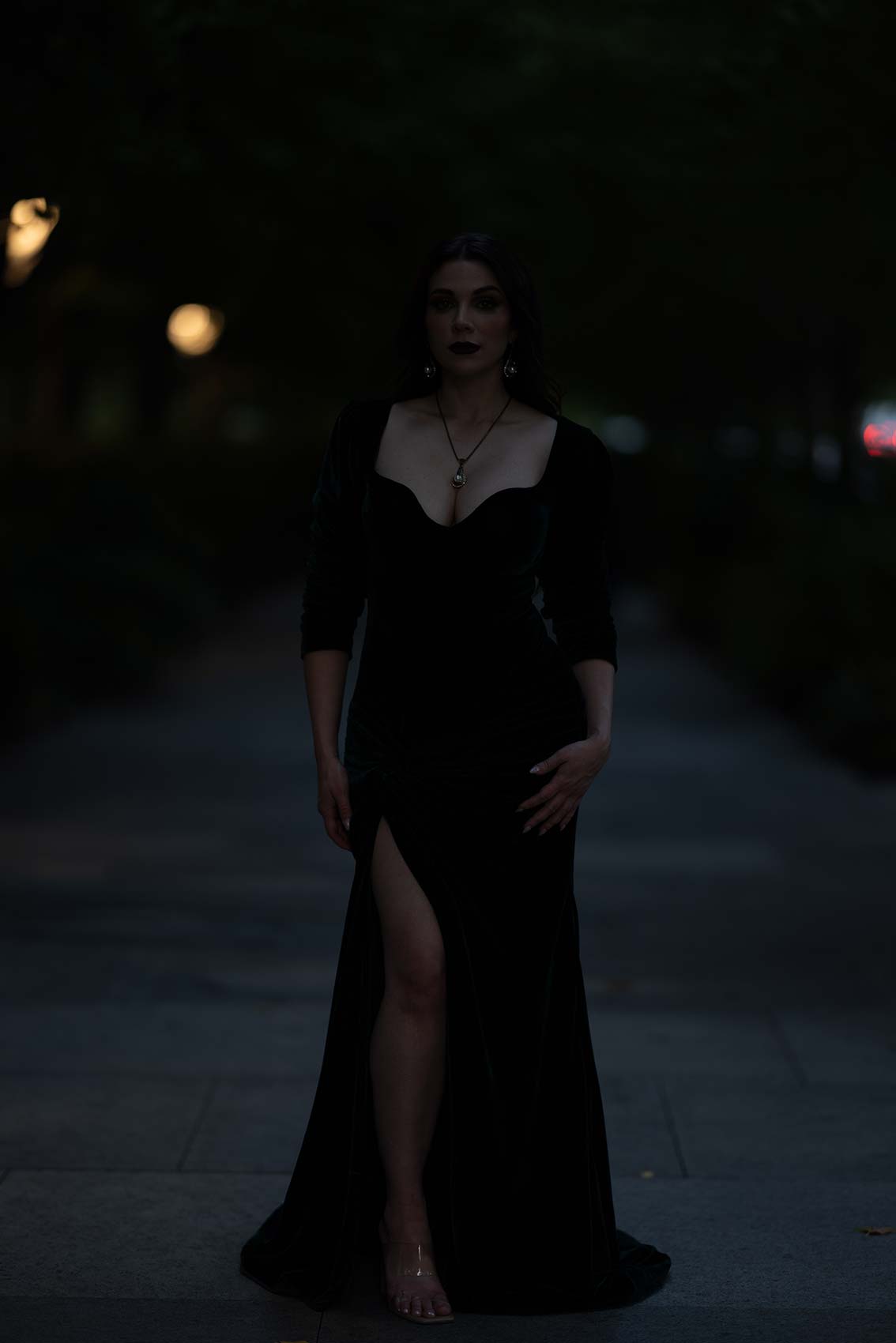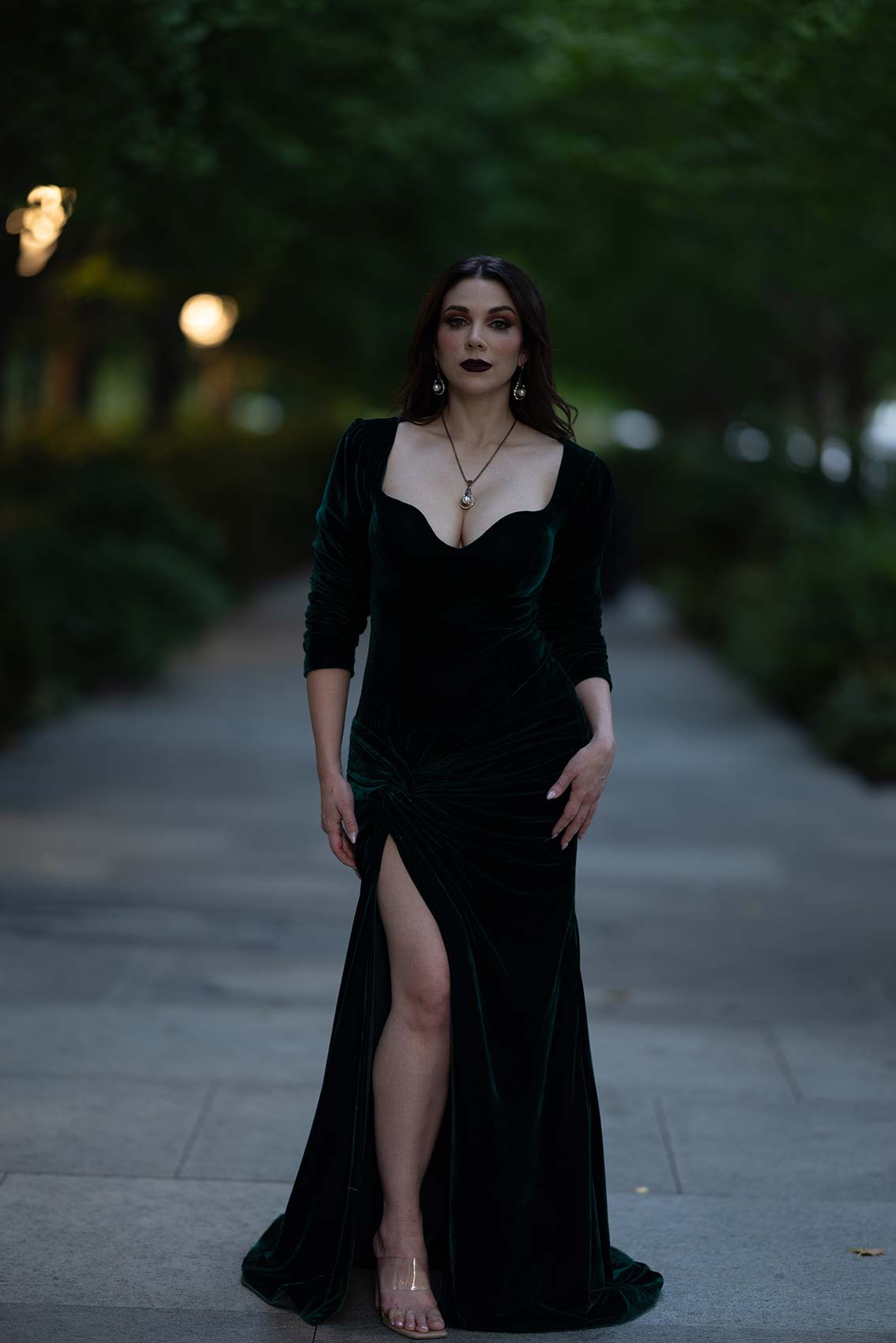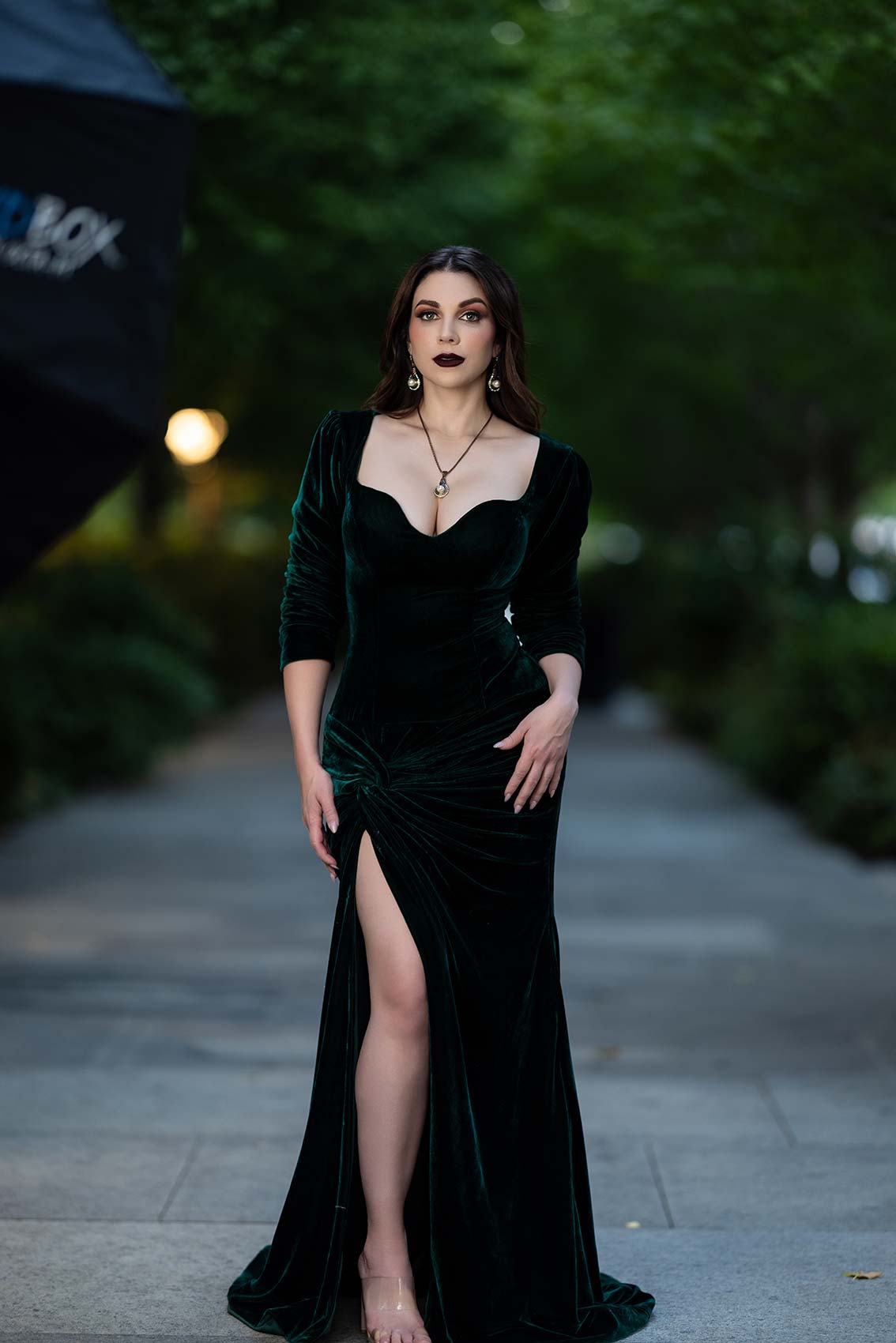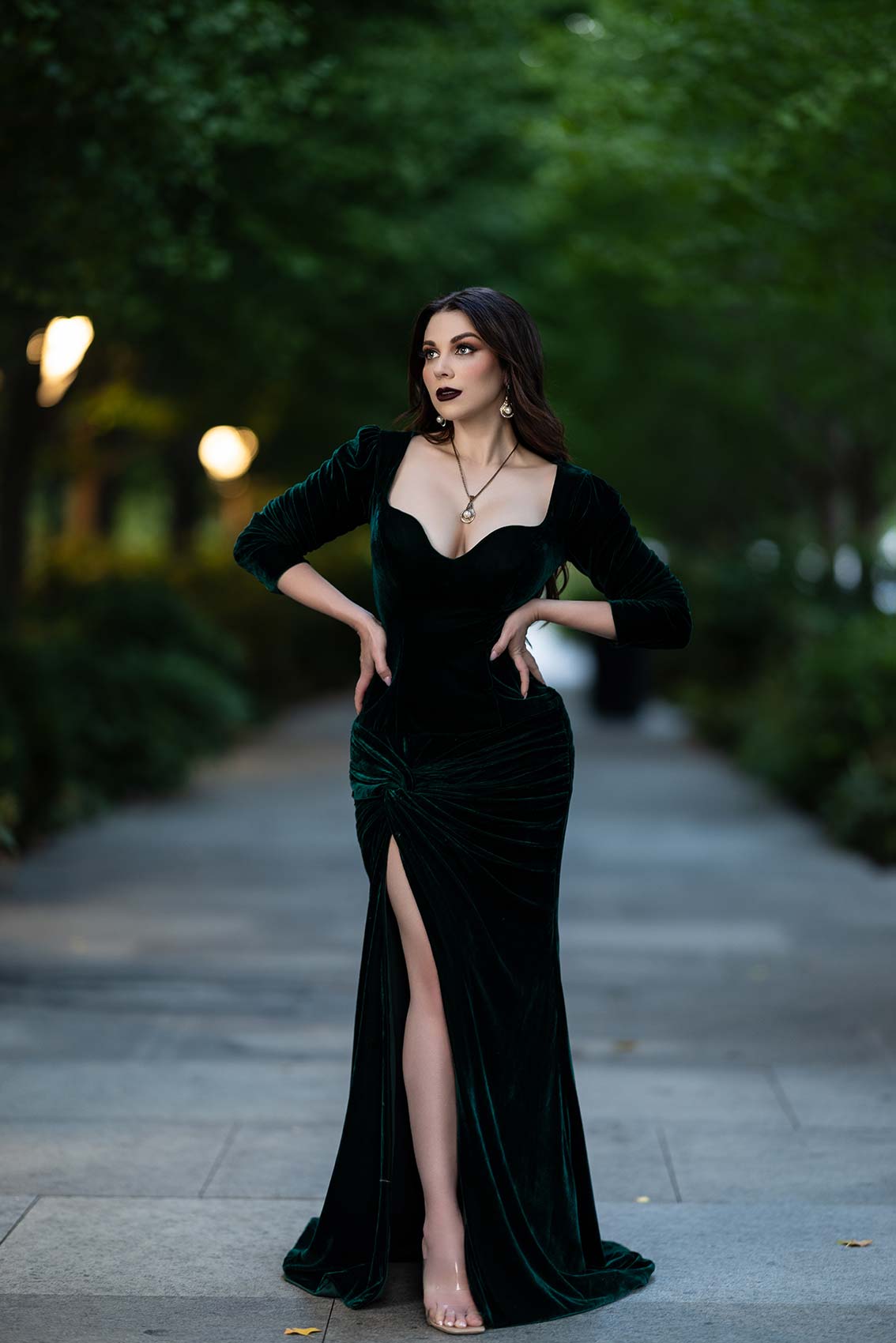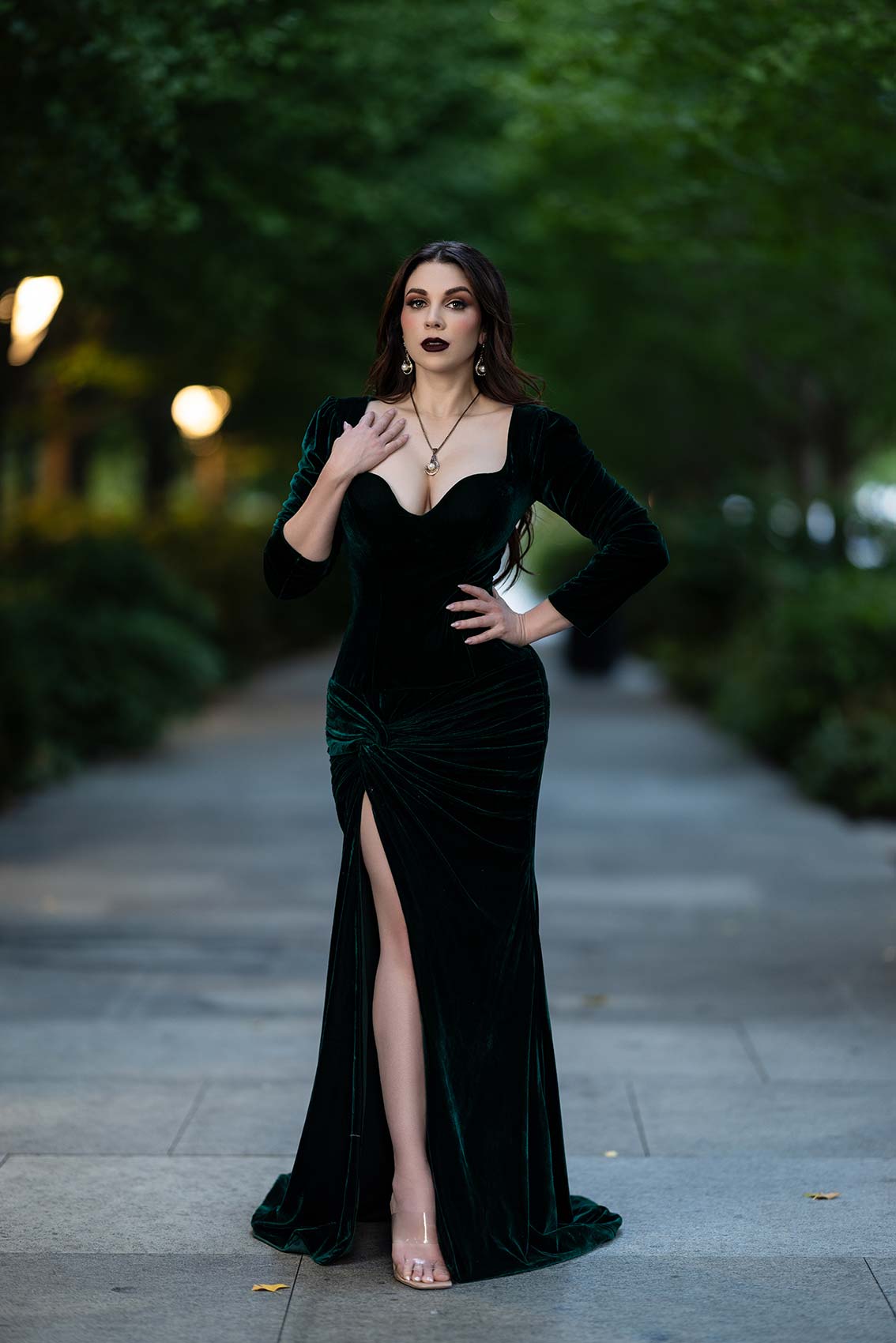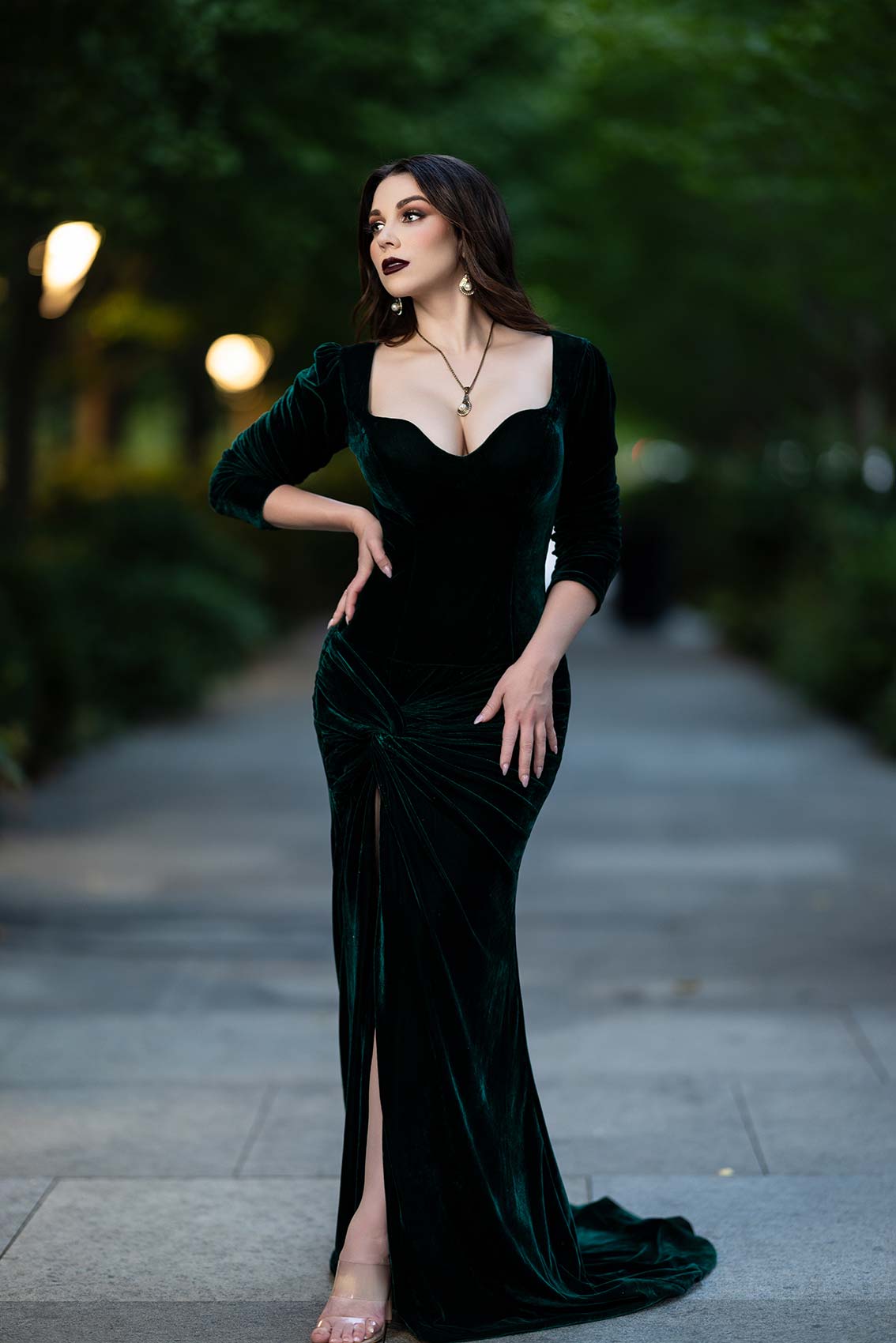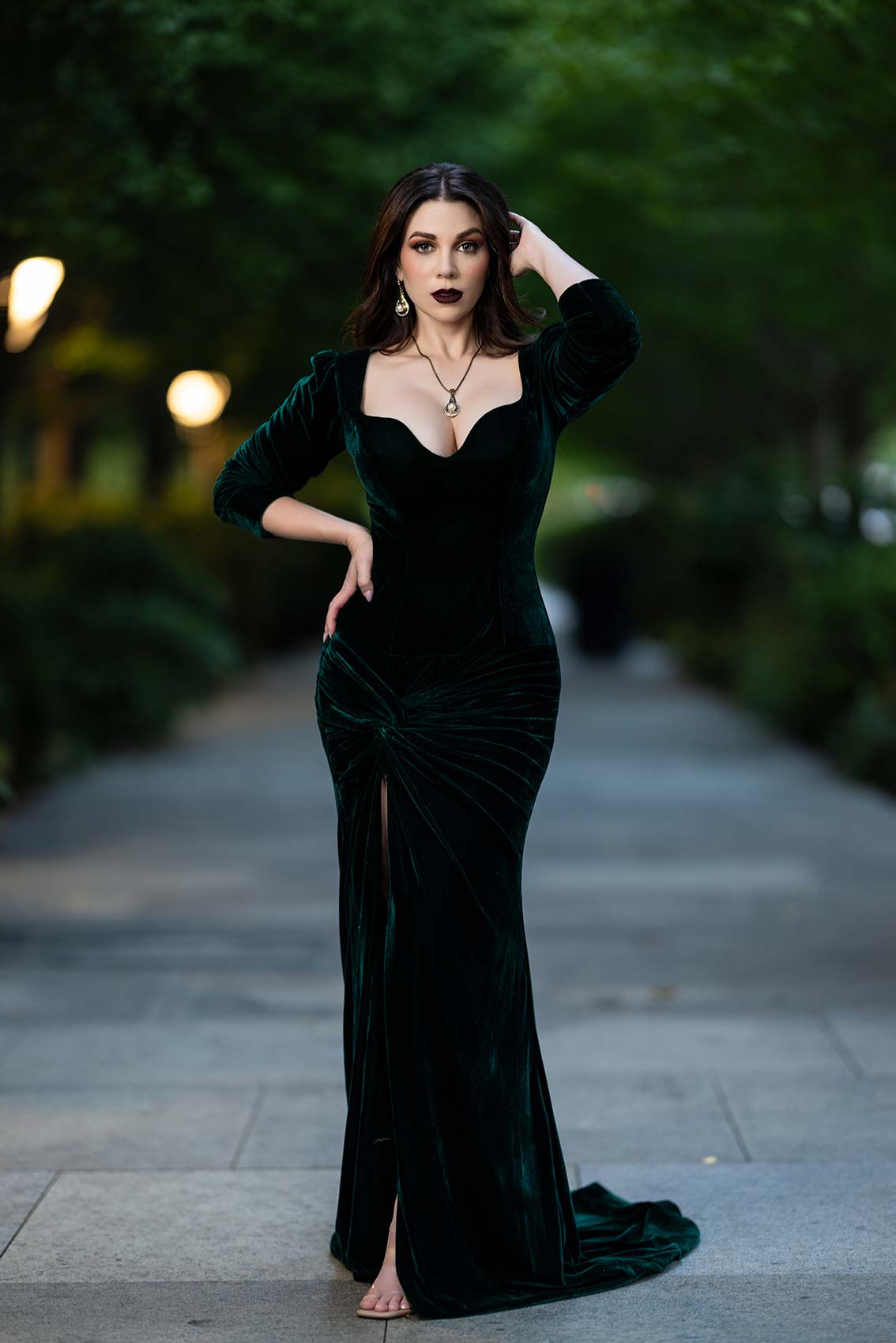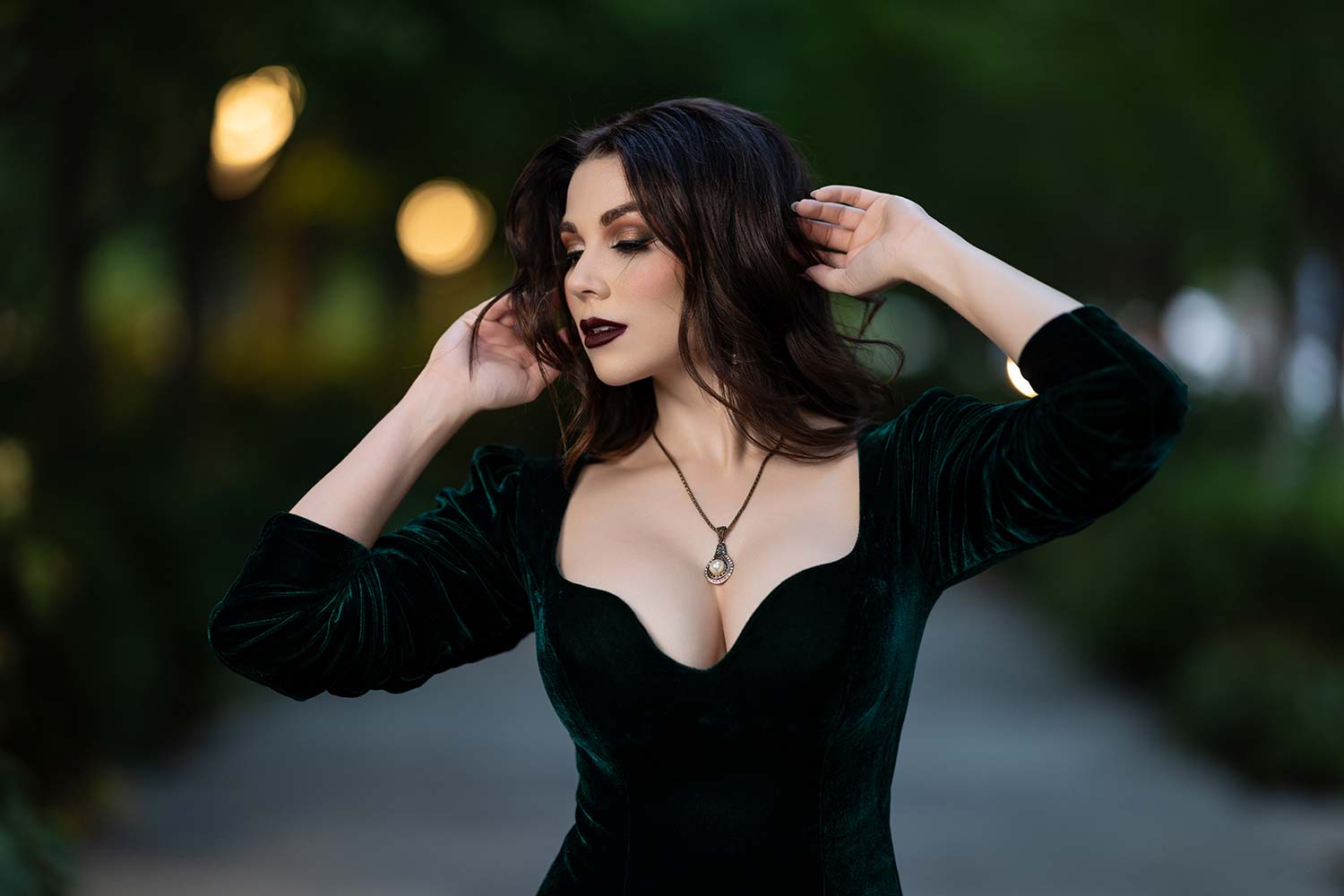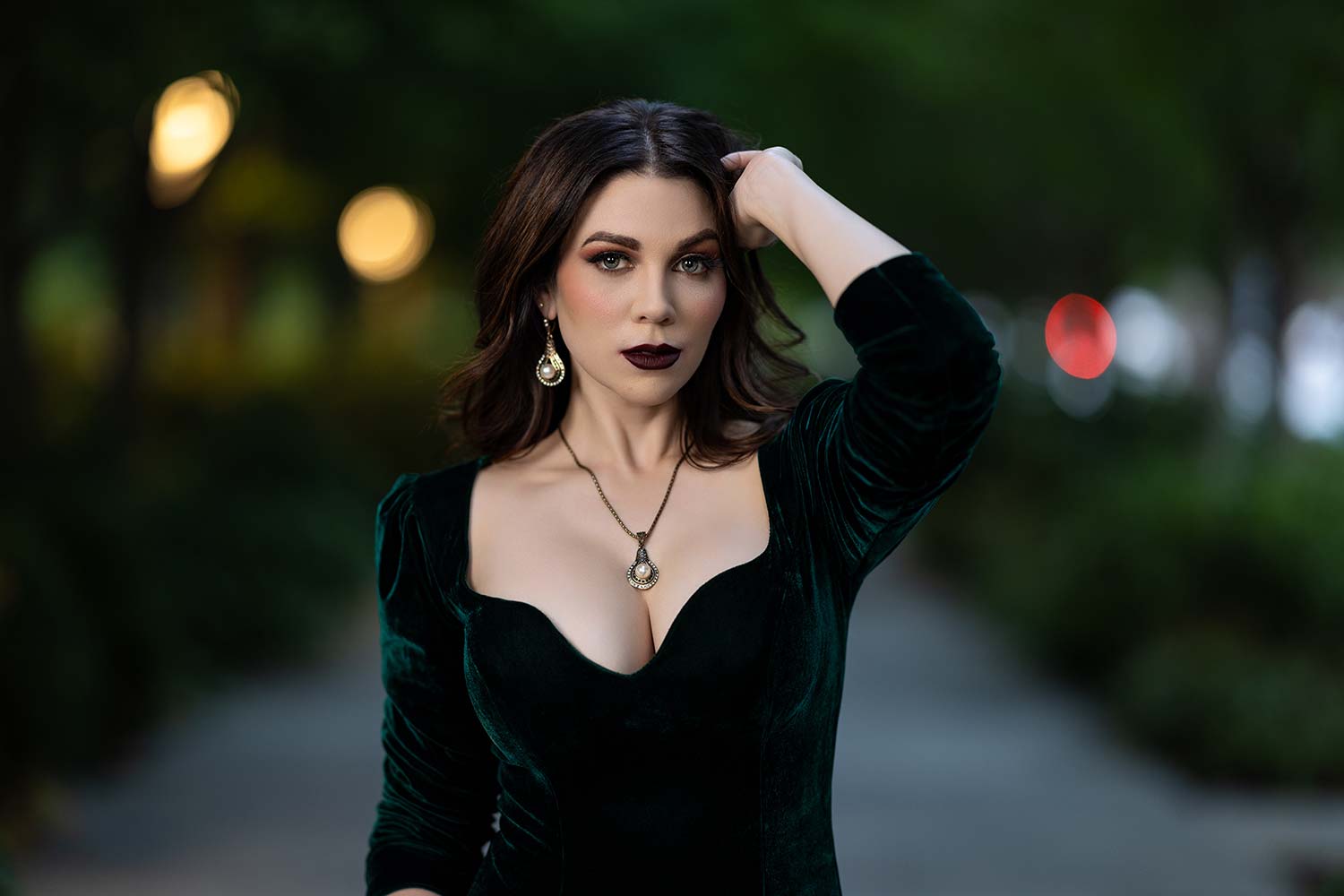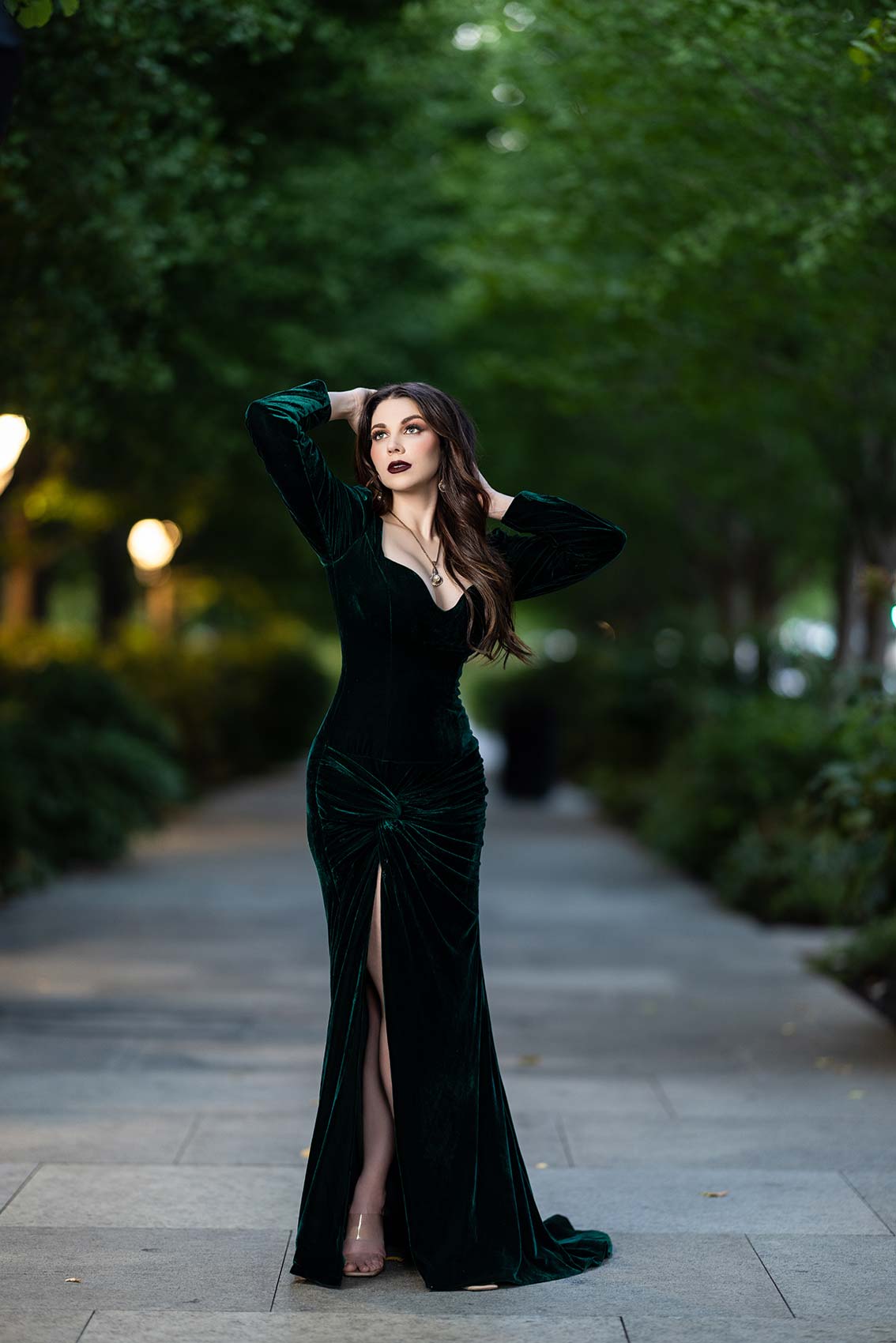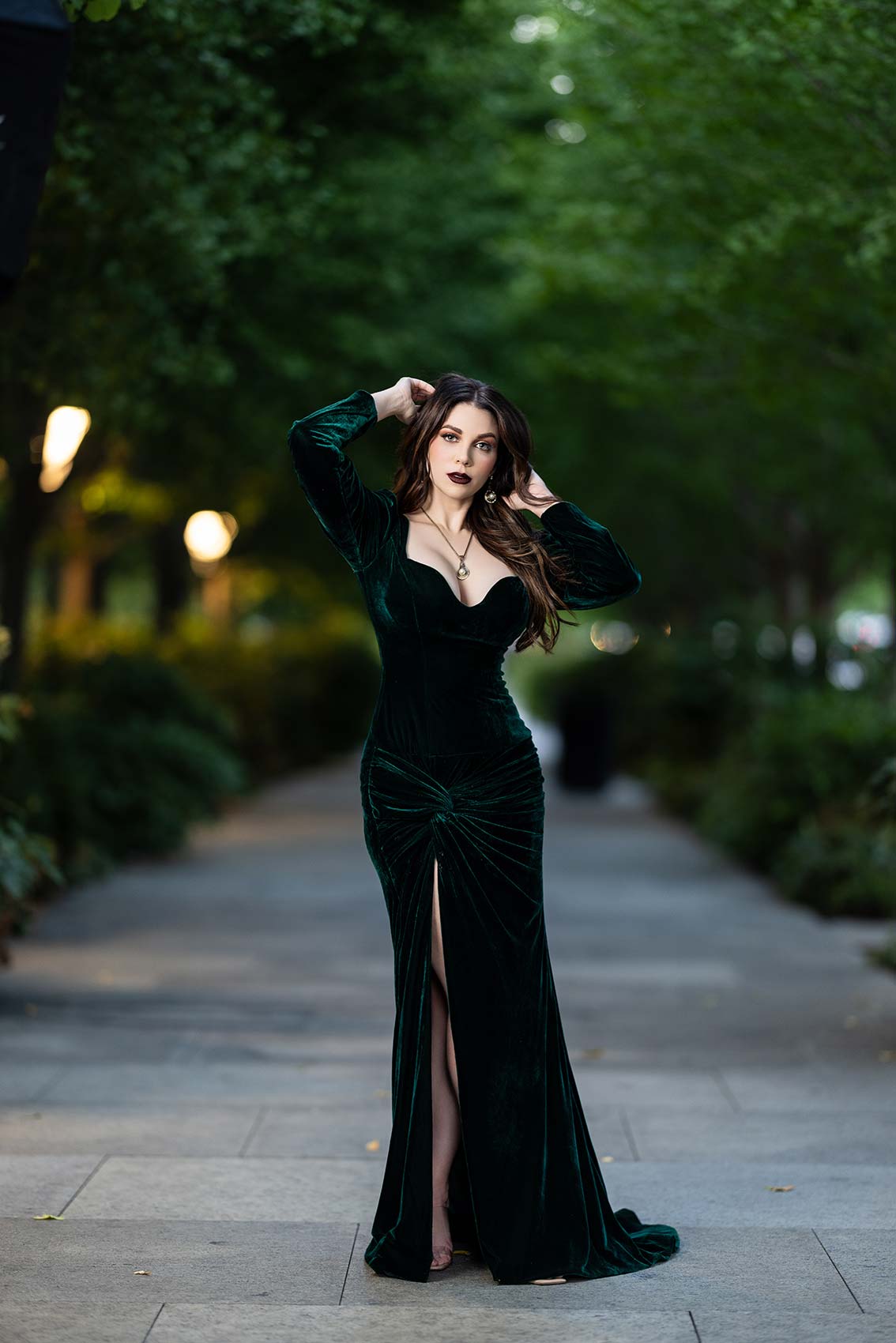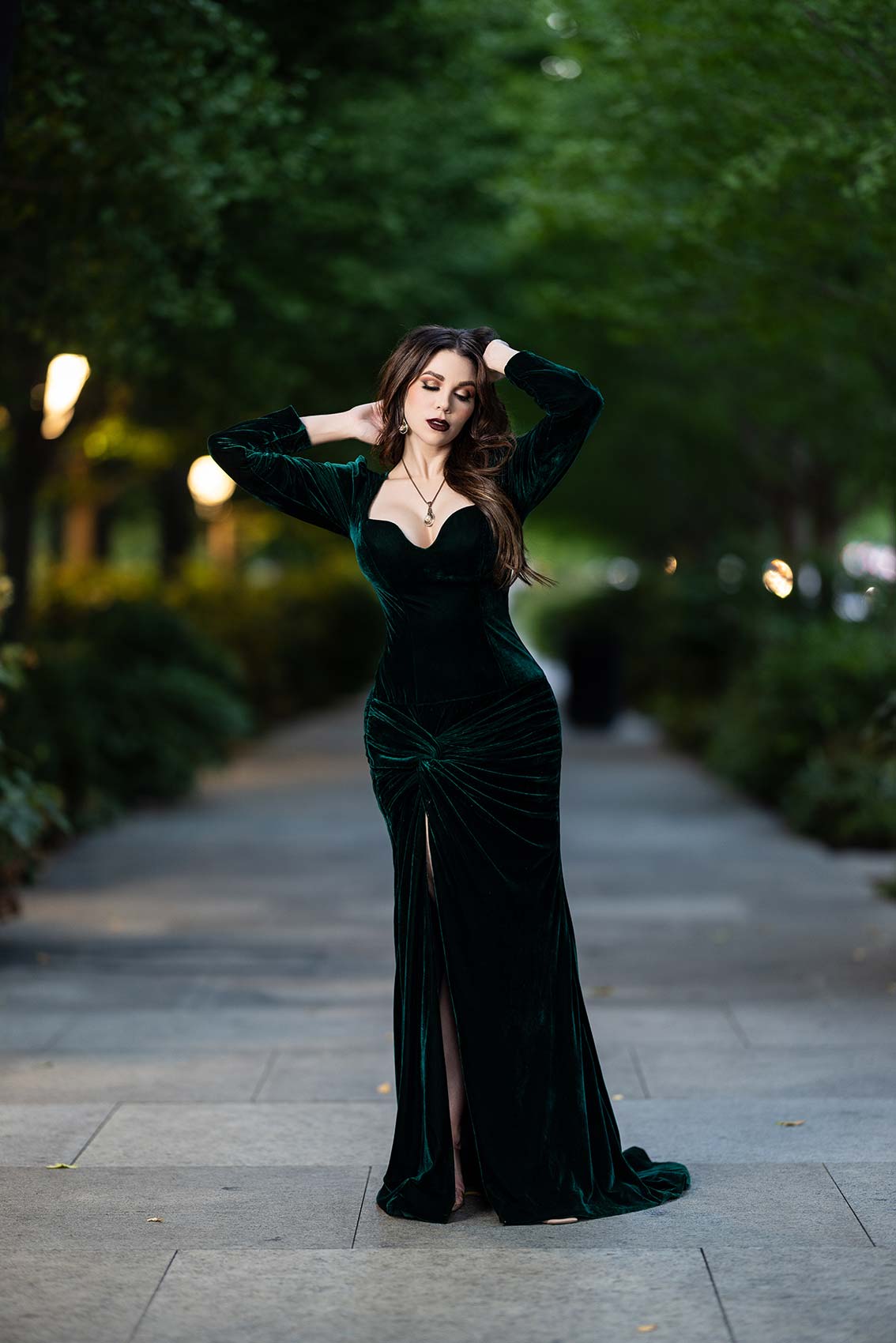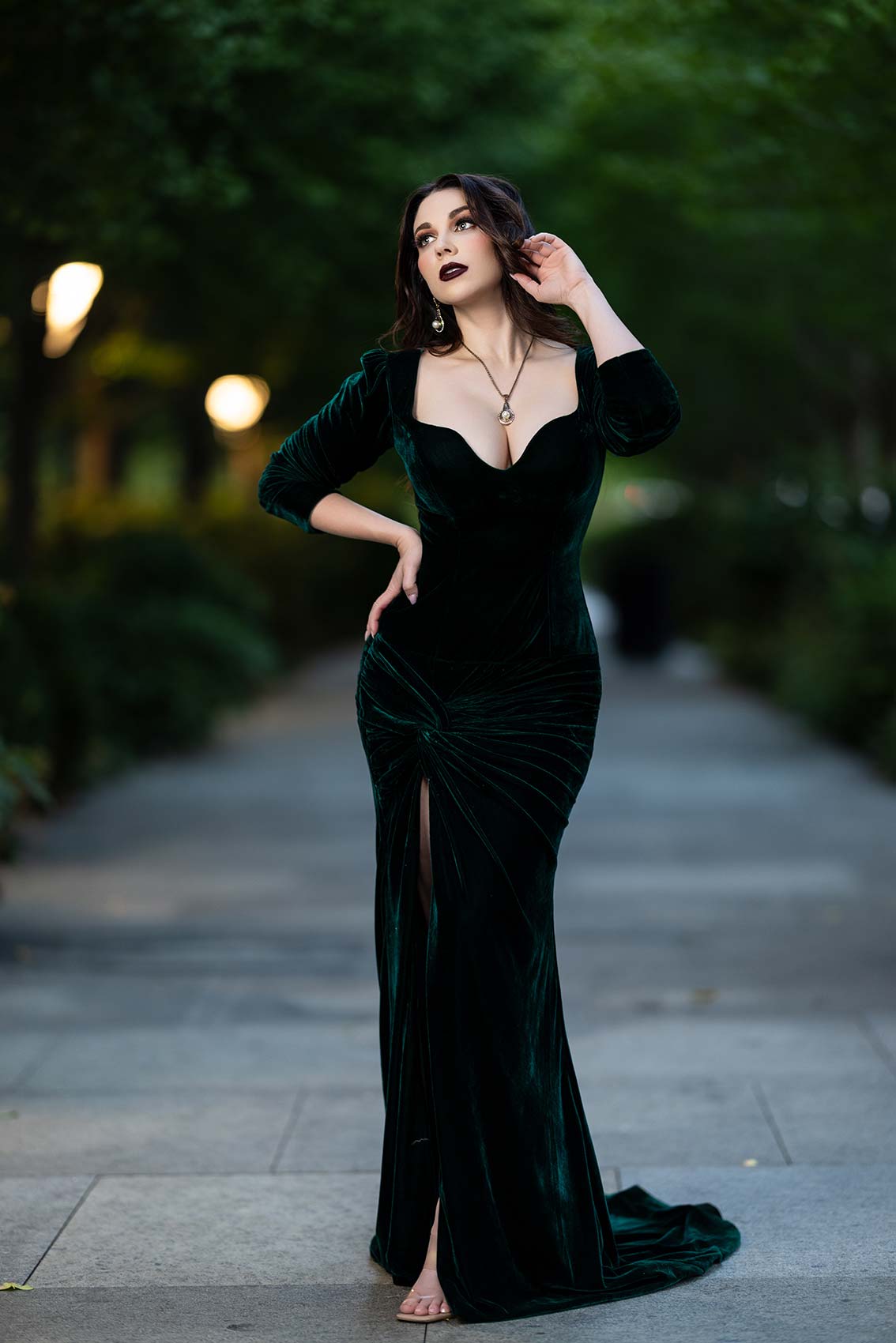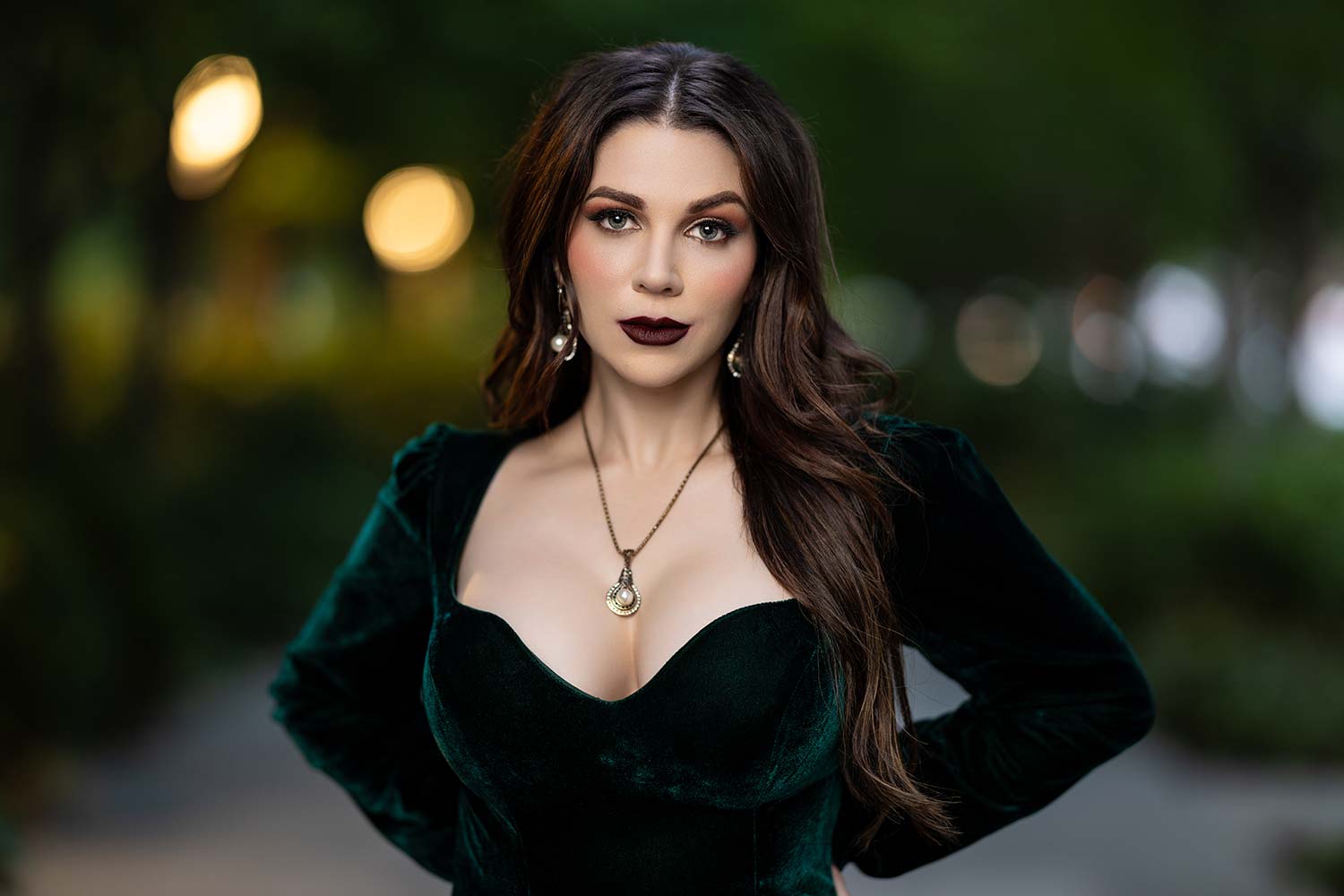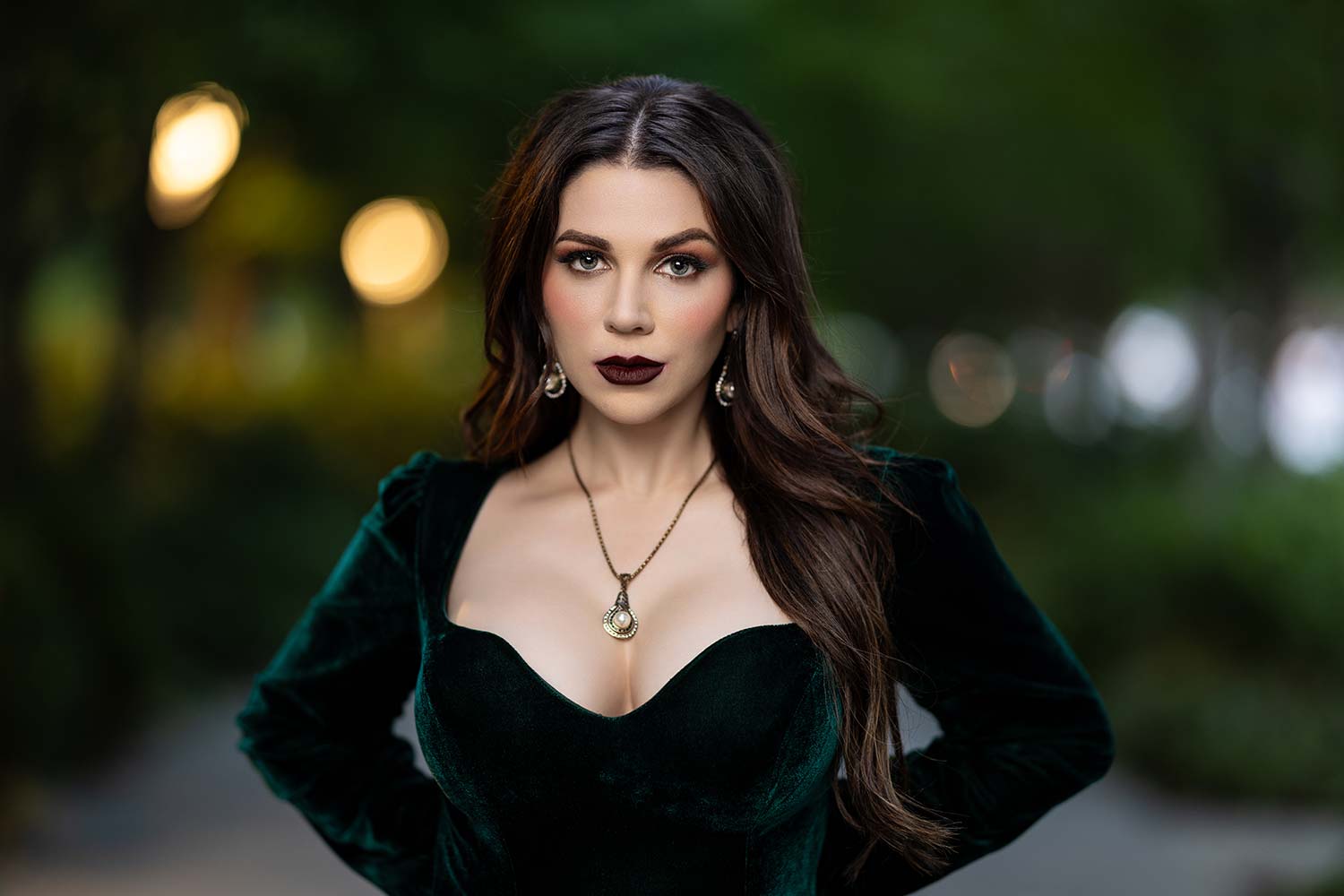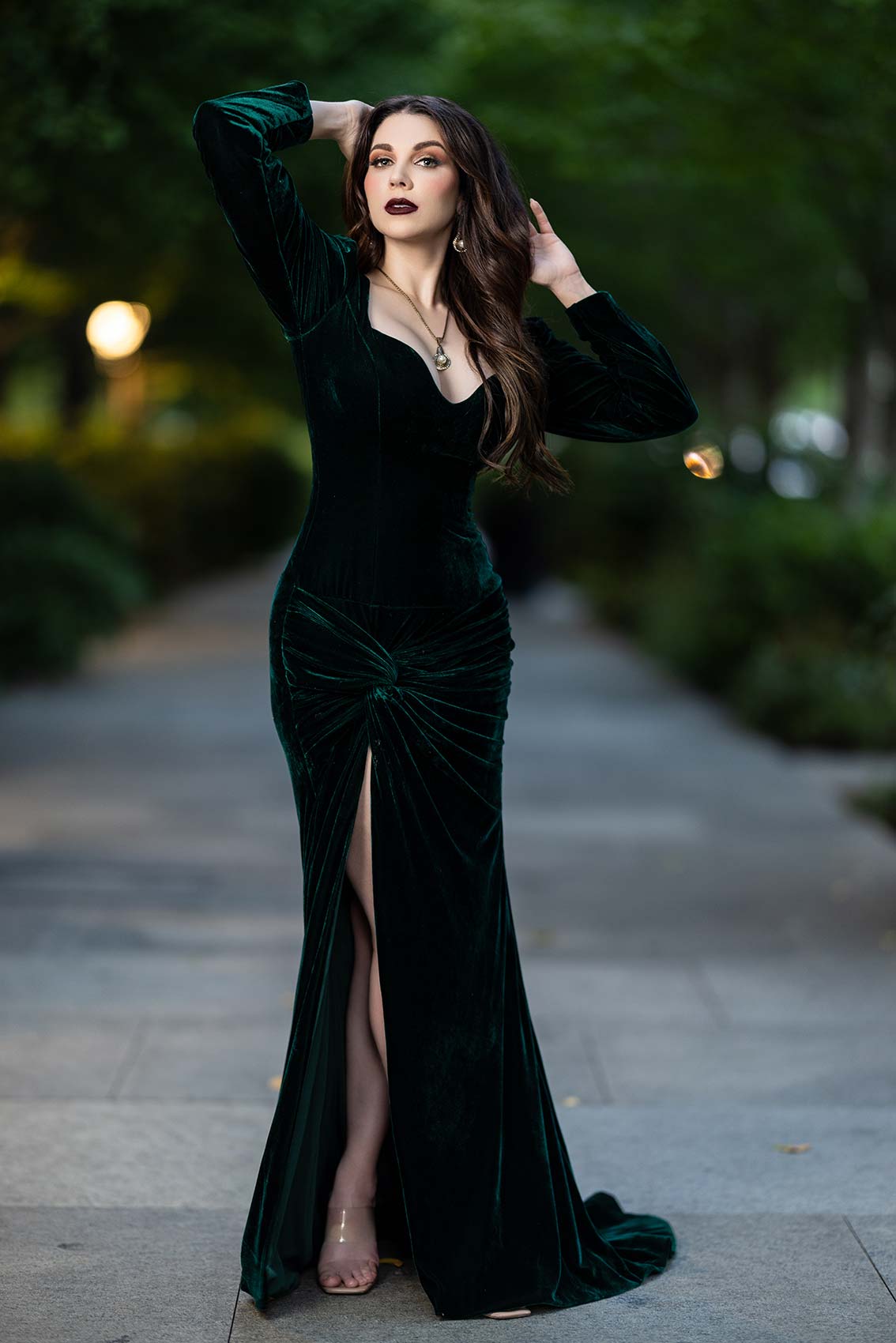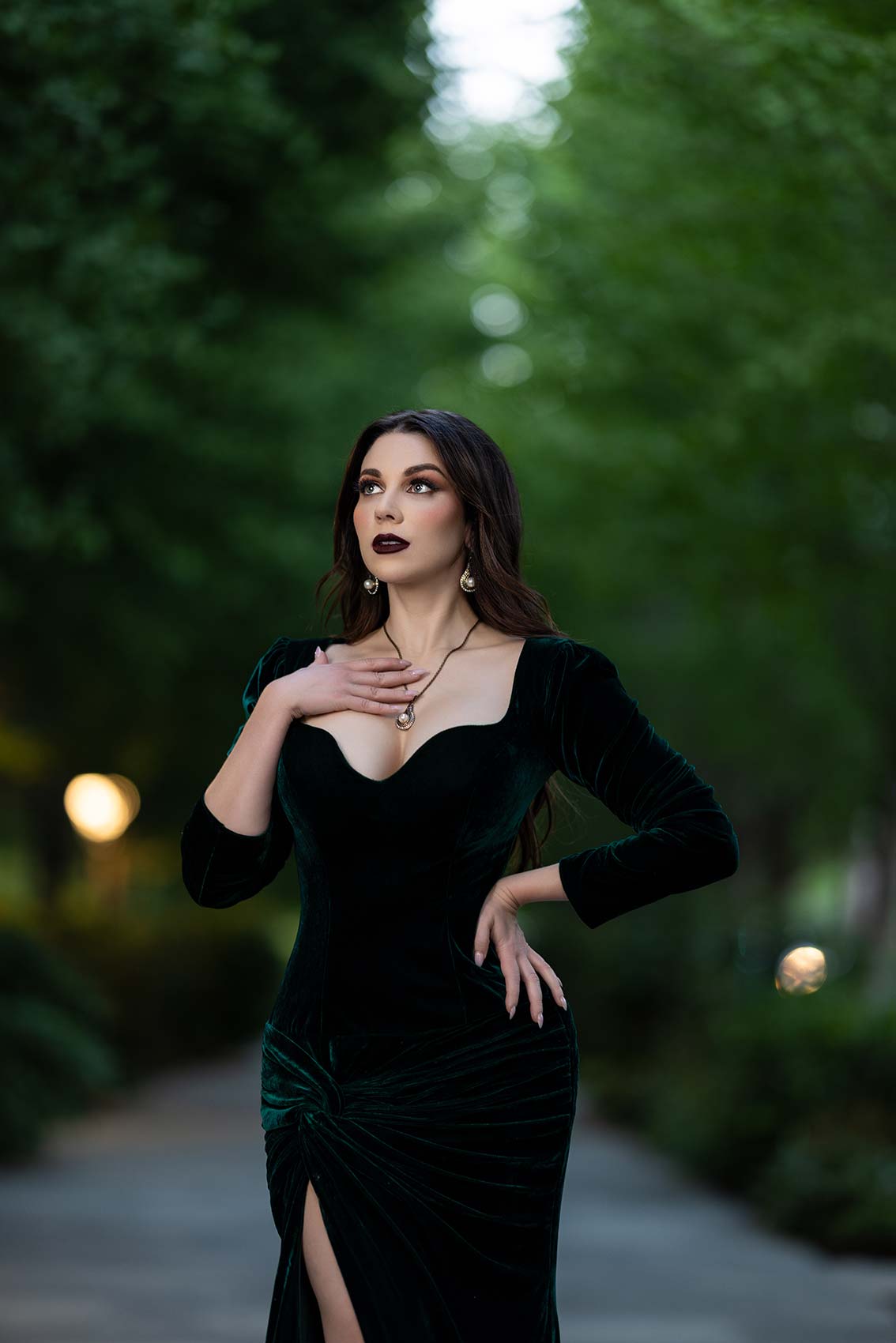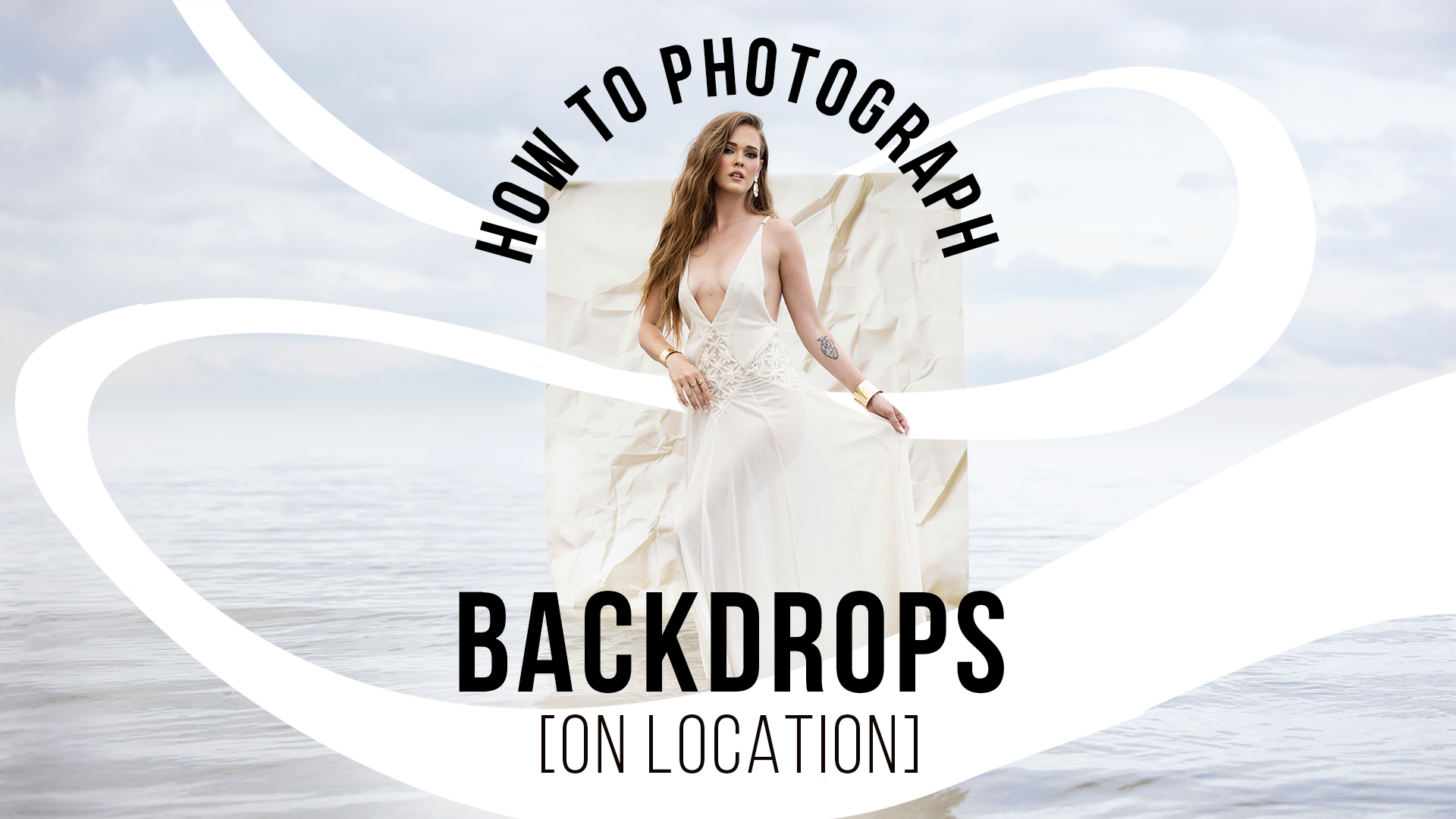It’s not difficult. With a few rounds of experimentation your photography will elevate itself to new levels and your work will stand out. These photography lighting tips will work for all genres of photography – wedding photography, portrait photography, senior photography, fashion photography, boudoir photography and more. In this step-by-step flash lighting tutorial I will explain techniques like dragging the shutter and how you can use that technique to allow more ambient light into your portraits and add more depth to any shot.
Equipment Used:
Camera: Canon EOS R5
Lens: Canon RF85mm f1.2
Light: Westcott FJ200
Modifiers: Westcott Rapid Box Switch Octa-M
Team:
Photographer: Sal Cincotta
Model: Lauren Middleton
Hair & Makeup: Brandi Patton, ReFine Beauty
Ready to learn how to mix flash photography in ambient light? Let's get to it.
All right, everybody. In this video, we are going to use flash photography, but also mix in the ambient. Now, most of your cameras all sync at 1/200th of a second when you’re working. If you’re using flash, usually have to be, whether you’re in your studio or on location, it’s operating at 1/200th of a second, which means you’re going to typically block out all the ambient light and the background will go super black. That’s not what we want. What we want is to let some of that ambient leak in so that this whole back corridor doesn’t go black. I want some depth there. In order to do that, I have to get my shutter speed below 200th of a second. The flash will freeze her and then it will let the ambient leak in.
Let me explain this to you just kind of in layman’s terms. Your cameras and flash system almost all sink at 1/200th of a second. Some of them operate at 1/250th of a second. All that means think of it like a speed limit on a highway. When the flash fires, it’s moving at 200th of a second speed, it lights your subject, gets to your sensor, everything’s properly illuminated. Well, that light in the background right now is running at 60th of a second, or think of it as 60 miles an hour on our highway example. What ends up happening is the light gets to the shutter, opens and closes at 200th of a second, well, that light back there lighting up that corridor still hasn’t made its way to the camera or sensor. That’s why we will do what we call dragging the shutter in order to let that ambient light in, give the portrait more depth.
I’m running out of light here. Let’s stop talking about it. Let’s get to it. Just so you guys understand what I’m seeing in my shot, what I’m liking is this kind of depth of the streetlights that are starting to come on down here. If you look straight down behind her, you can see there’s a bright spot in that frame. I’m going to use her body to frame that up, because I don’t want that bright spot leaking out. What I’m going to do is I’m going to take a test shot aperture priority, but I’m going to move over to manual mode for this, because I want to control ambient here.
I’m going to take this shot at 1/200th of a second, test shot, and you’re going to see how dark this is. This is super dark because we’re not letting in enough ambient. Now what I’m going to end up doing, because I’m in manual mode, I’m going to dial this down to 1/100th of a second. Still not a whole bunch of ambient back there. Now, I’m going to dial this down to 1/50th of a second, now we’re getting some ambient back in there. Now, I know what this is going to look like with no flash on her. Now, I’m going to add the trigger. We’re going to add the flash. One more test shot here just to prove this out, what it’s going to look like. Now, we have got a dark moody portrait. We’re letting in that ambient. It’s a nice mix of detail in the portrait, I should say.
That’s going to make this look incredibly well lit. But it’s going to look different. It’s not going to be what every other photographer rolls up to the scene and shoots, because now we’re mixing in the ambient light by dragging the shutter and mixing it in with flash to get a very unique looking portrait. This is a fun time of the evening to shoot and work, so we got to go fast.
All right. I’m going to keep working, getting some shots here. One thing you’re going to notice is that even though these are at 50th of a second, they’re tack sharp. Again, that’s because the flash is freezing the action on Lauren as we’re working. Then it’s letting in all that ambient, so the flash is still hitting her at 200 miles an hour, so to speak.
All right guys. Sorry for rushing through that, but we were losing light super fast. As you can see, it was dark in there. I even dropped shutter speed down to a 20th of a second, and those images are still tack sharp. That was just to keep letting that ambient in. You can do this trick on your wedding portraits. Obviously, you can do it in outdoor portraits as well. Hope you loved this video. Check out Lauren on Instagram, Lauren.Smiles. We’ll see you in the next video.

